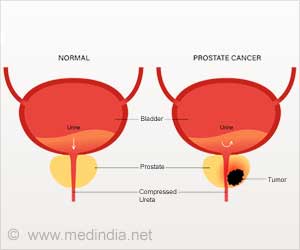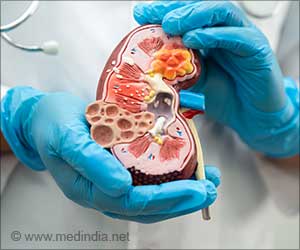Research finds lung cancer patients given amrubicin as a second-line therapy had a significantly improved response rate than patients treated with topotecan
Research presented at the 14th World Conference on Lung Cancer in Amsterdam says that lung cancer patients given amrubicin (Calsed) as a second-line therapy had a significantly improved response rate and longer progression-free survival than patients treated with topotecan (Hycamtin). The meet is hosted by the International Association for the Study of Lung Cancer (IASLC).
"Amrubicin showed significant improvements in tumor shrinkage, symptom control and progression-free survival over topotecan without improving overall survival, the primary endpoint of the trial," said principal investigator Dr. Joachim von Pawel, of the Asklepios Hospital Munich-Gauting in Germany. "However, for patients with the most difficult-to-treat small cell lung cancer, amrubicin offered an improvement in overall survival compared with topotecan."
Second-line treatment is given to patients after the initial, or first-line, treatment has failed.
In the study, 637 patients were randomized to amrubicin or to topotecan. Patients on amrubicin reported better symptom control and quality of life (Lung Cancer Symptom Scale 0.2 vs 5.6 and LCSS-SB -0.1 vs 5.2 for amrubicin and topotecan, respectively). They also reported fewer adverse events, including neutropenia (41% vs 53% for the topotecan arm), thrombocytopenia (21% vs 54%), anemia (16% vs 30%), infections (16% vs 10%), febrile neutropenia (10% vs 4%), all P<0.05, and cardiac disorders (5% vs 5%; P=0.84).
Source-Eurekalert









